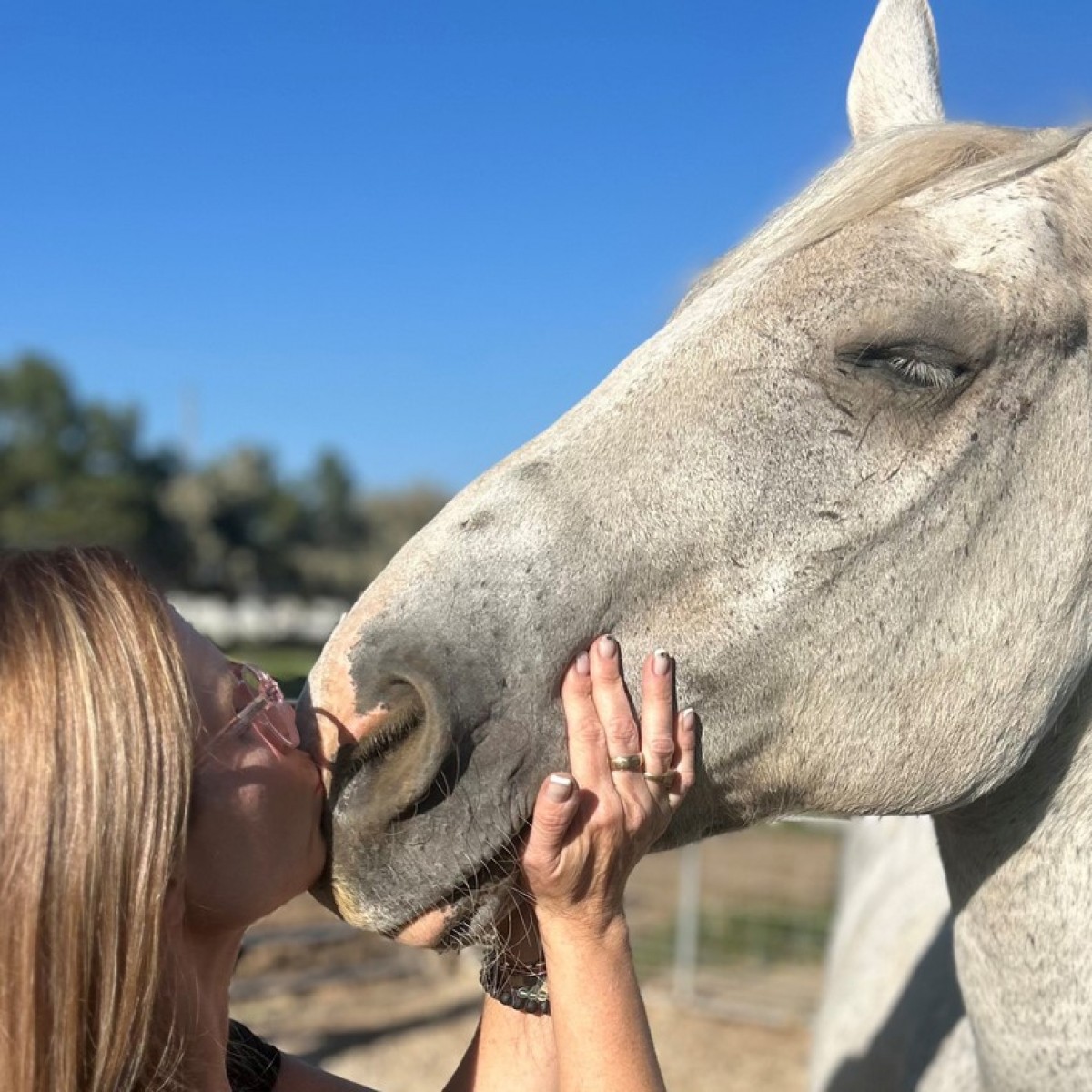Emotional indicators in horses
Stabled horses often experience negative emotions due to the inappropriate living conditions imposed by humans. However, identifying what emotions horses experience and what can trigger positive and negative emotions in stabled horses can be challenging.
In this article, the authors present a brief history of the study of emotions and models that explain emotions from a scientific point of view and the physiological bases and functions of emotions. They also review and discuss physiological and behavioral indicators and cognitive bias tests developed to assess emotions in horses.
Hormone concentrations, body temperature, the position of the ears, facial expressions and behaviors, such as approach and avoidance behaviors, can provide valuable information about emotional states in horses. The cognitive bias paradigm is a recent and robust tool to assess emotions in horses.
Knowing how to evaluate the intensity and frequency of an individual's emotions can guide horse owners and caretakers to identify practices and activities that should be stimulated, avoided or even banned from the individual's life, in favor of a life worth living.
The authors conclude that the development and validation of novel indicators of emotions considering positive and negative contexts can help in these actions.
Emotions are still a relatively recent topic of scientific study and insufficiently understood both in human and nonhuman animals, although it is attracting increasing interest in recent years. Much of what is known about emotions in nonhuman animals, such as the areas of the brain responsible for cognitive processing and memory related to emotion-laden events, are extrapolations from studies in humans to nonhuman species.
Letícia Santos Maurício, et al. “How to understand them? A review of emotional indicators in horses.” J Equine Vet Sci. 2023 Feb 16;104249. doi: 10.1016/j.jevs.2023.104249.














List
Add
Please enter a comment